
Having a few house plants around your place can improve the air quality and bring a sense of the outdoors inside.
They do wonders to make a space comfier and more livable. But all too often, new plant owners stumble into making these common mistakes.
Don’t worry; even seasoned plant owners make these mistakes all the time. (You’d think we’d learn our lesson by now.)
In the end, all of our fussing takes something that’s supposed to make your life a bit happier, and it ends up making you miserable.
Let’s go over a few common house plant no-no’s, in the hopes that we can prevent you from making them. Or get you back on the right track if you’ve already started a few of these bad habits. Your plants will thank you, and you’ll go back to enjoying them too.
1. Overwatering
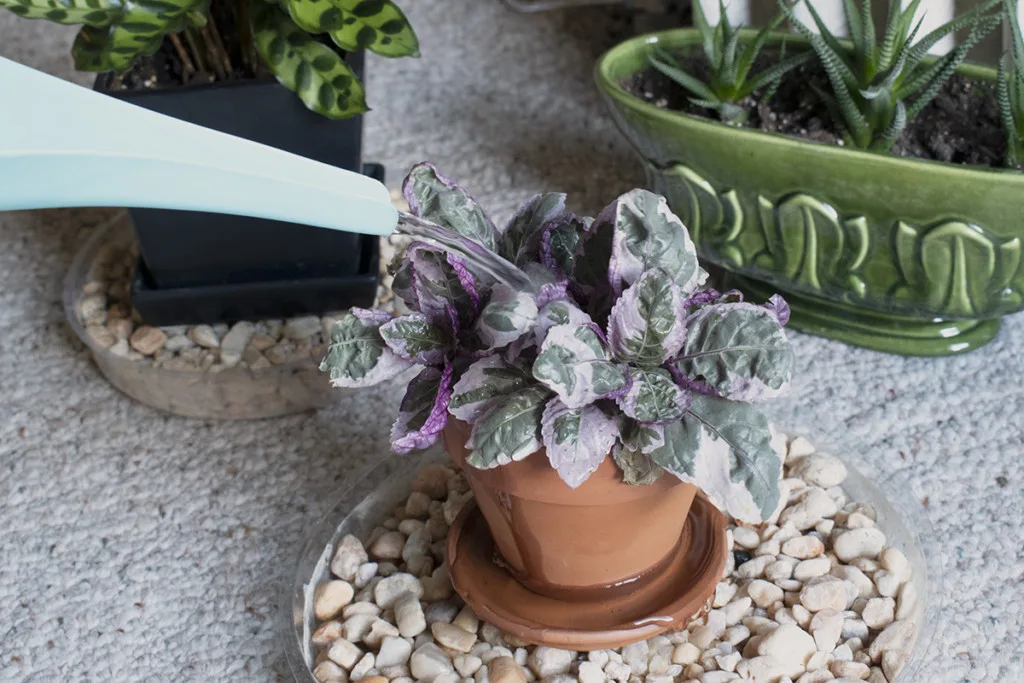
This one is huge. People do it all the time. Especially if you’re one of those people who water all of your plants at once. I had a friend who nearly drowned an African violet because he kept watering it every time he would water all of his other plants. Its leaves were yellowing and droopy, and when I looked in the pot, there was standing water on the top layer of soil.
Overwatering opens you up to root rot and a host of other diseases and pests, including fungus gnats.
Yes, make the rounds with the watering can, but don’t just water everything. Don’t even water based on how that top layer of soil looks. Put a finger in the soil, if the top 1”-2” are dry, then give your plant a drink. If the soil is still moist below the surface, let it be.
2. Direct Sunlight
Plants can get sunburned just like you and I. Many plant owners make the mistake of putting these tender, tropical plants in a window that gets direct sun, and then they’re puzzled when days later they find a brown, crispy plant. Bright light does not mean direct sunlight. There are very few plants that can tolerate direct sun.
If you think about it, it makes sense. Most of your houseplants are tropical. Think about where they come from and where they grow naturally – on the floor of the jungle or often climbing the side of a tree. These plants are often shaded by the canopy of trees above them. While they may need bright light, it should almost always be indirect.
3. Putting Rocks in the Bottom of a Pot
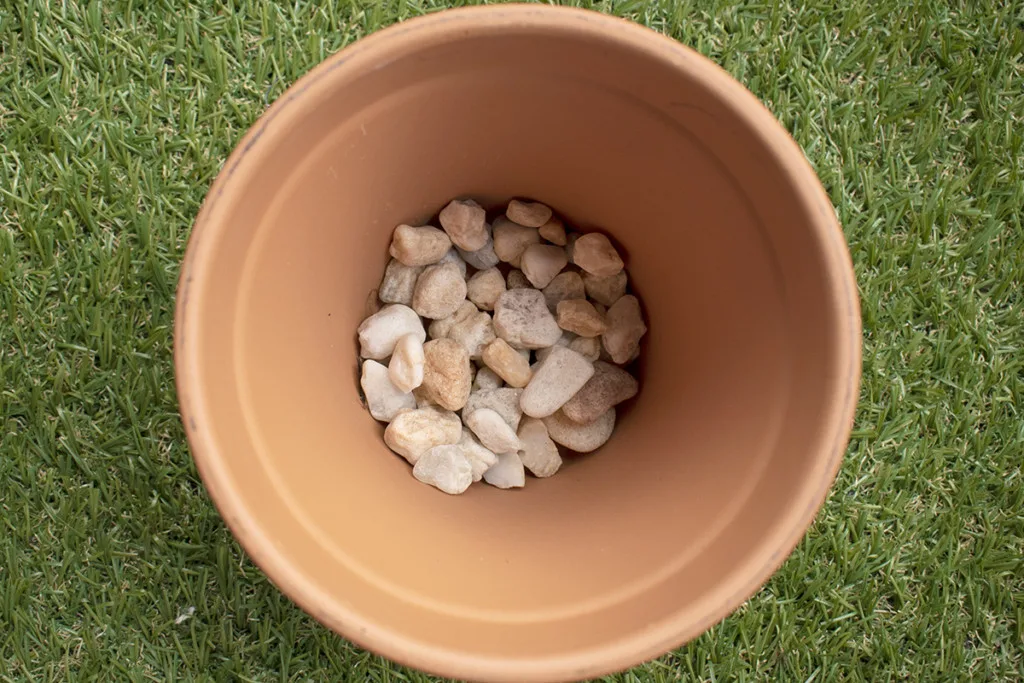
I see this time and time again in old planting instructions. “Add a layer of gravel or stones to the bottom of the pot.” Nope. Don’t do it. You’re going to stunt your root growth, which will affect the overall health of the plant.
Most of the time, you’ll see this advice when you’re putting a plant in a pot with no drainage hole. (We’ll get to that one next.) It’s supposed to provide drainage for the roots, but instead, it just ends up being a gross, foul-smelling swamp beneath the soil that stunts root growth and leads to root rot.
4. Using Planters with No Hole in the Bottom
This one is crazy-making. It blows my mind how many planters there are with no drainage hole in the bottom. I’m just going to come right out and say it. Don’t buy them, no matter how pretty they are. They’re more trouble than they’re worth, and you’re going to end up with dead plants.
The only way I’ve found to make planters like this work is if you keep the plant in its nursery pot or a smaller terra cotta pot and put that inside the planter. This way, you can take the plant out to water it, let the water drain out the bottom of the main pot, and then put it back in the pretty, but unfunctional decorative planter.
5. Not Pruning Your Plants
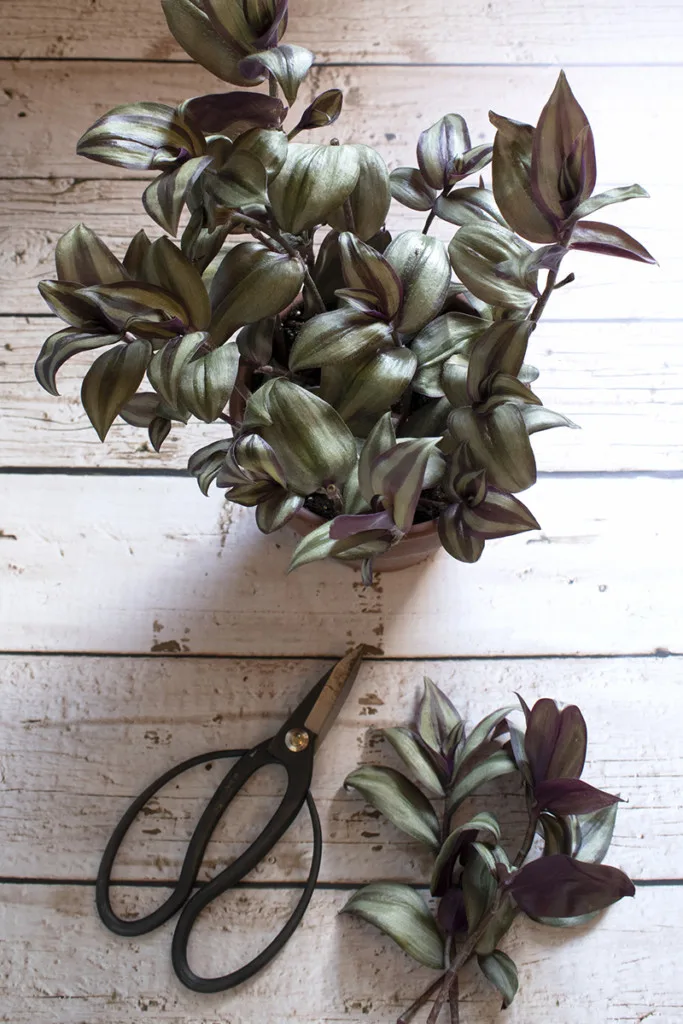
I know it’s a daunting task. You’re worried about cutting off too much. Or maybe it just never occurred to you that it needed to be done. But plants need a good haircut now and then, just like we do, especially if your plant is a flowering plant.
You have to dead-head those dried-up old buds if you want pretty new ones. And if you want to see new growth overall, you need to force the plant into putting its energy into new growth. And the best way to do that is to prune as needed.
It’s not difficult and only takes a few minutes. A little Googling will let you know if your plant likes a little trim or a severe cutting back. Always use clean pruning shears and clean them before moving on to a new plant. And save those cuttings to propagate new plants for you and your friends.
Most plants don’t need to be pruned more than once a year. Give them plenty of time to bounce back after their pruning. Avoid moving them to a new location or changing their environment after their hair cut. They’ll perk up and look better than ever in two to three weeks.
6. Over Fertilizing
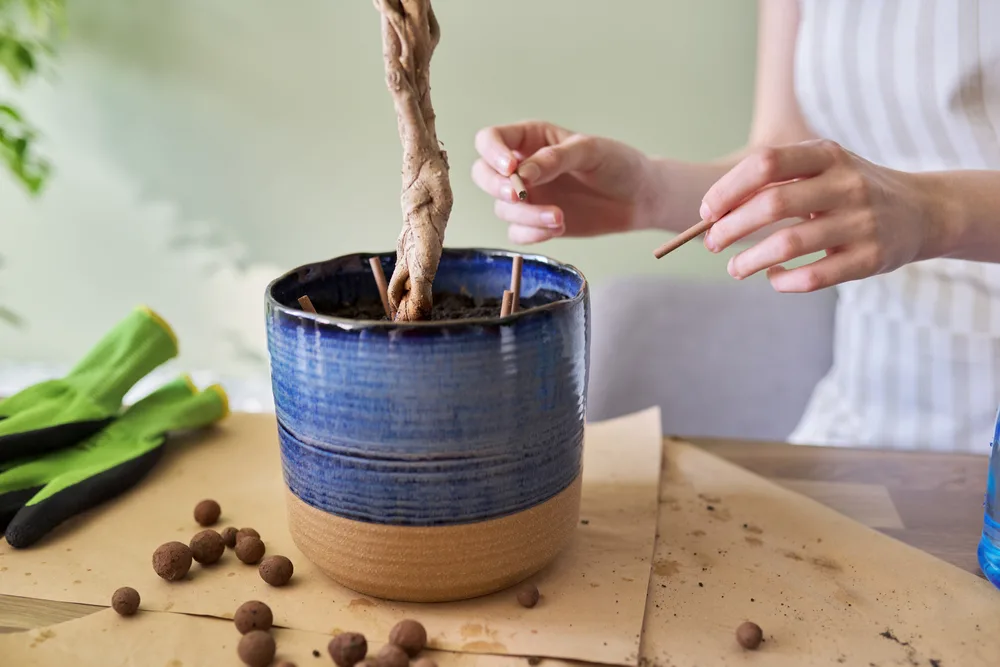
Most house plants don’t need a lot of fertilizer. There’s usually plenty in the potting mix itself. And as a general rule, you only need to fertilize during the plant’s active growing season, and only then once every few weeks.
Over-fertilizing can lead to a build-up of salts in the potting medium. You can burn tender roots this way. If you’re fertilizing regularly, be sure to give your plant plain water between feedings to flush out extra salts in the soil. Or consider feeding at ½ or ¼ strength over a longer period of time.
7. Don’t Forget to Clean the Leaves
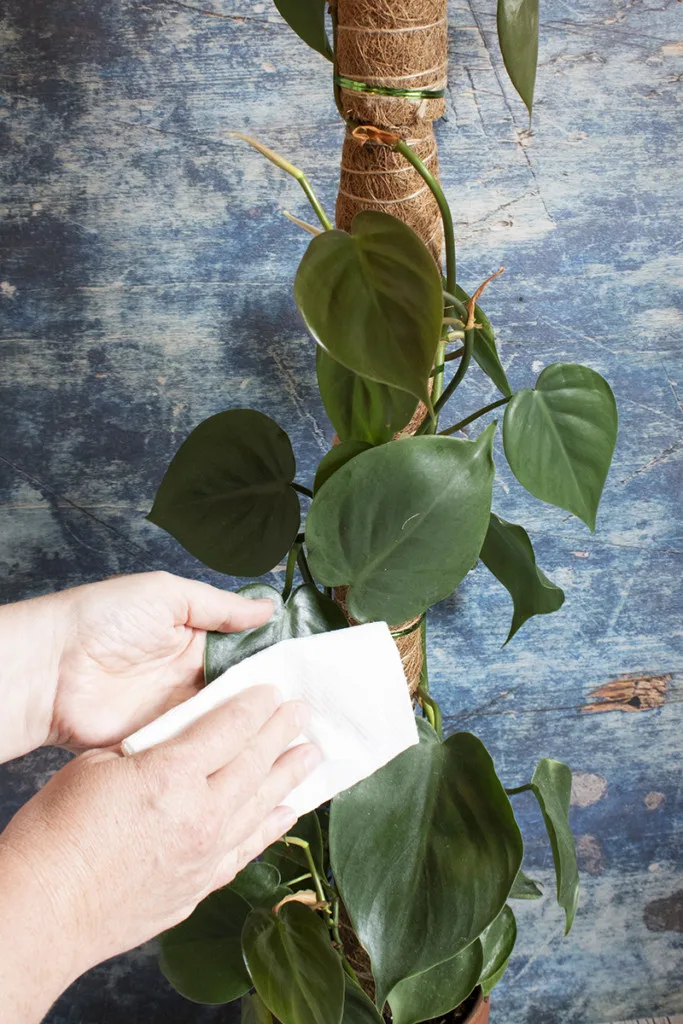
Think of it as a facial for your plant. Plants ‘breathe’ through the pores on their leaves. It’s important to give them a good cleaning once in a while. This is especially true for broad-leafed plants like pothos, monstera, and philodendrons.
Just take a damp cloth and gently wipe down the leaves. If you don’t have overly hard water, you can give your plants a gentle spray in the shower. For fuzzy plants, use an old soft-bristle toothbrush to brush off dust gently. Be gentle, though.
And skip the leaf-shine sprays. They do more to collect dust than they do to make your leaves shiny. If you want, you can use a little neem oil diluted in water. This will clean the leaves and prevent insect trouble.
8. Got Soil?
I don’t know how often I’ll peek under a plant’s leaves and see this gap between the top of the pot and the top of the soil. I know I put in more soil than that when I planted this thing! Where does it all go?
Well, over time, watering washes soil out the bottom of the pot. Or every time you overfill the pot, soil washes down the sides. Eventually, this soil loss adds up.
Give your plants a good top dressing. Gently lift them from the pot and check the roots. Add a little soil to the bottom of the pot. Add a bit more to the top layer once you put the plant back in the pot. It only takes a moment and will keep your plant happy and healthy.
9. Seasonal Changes
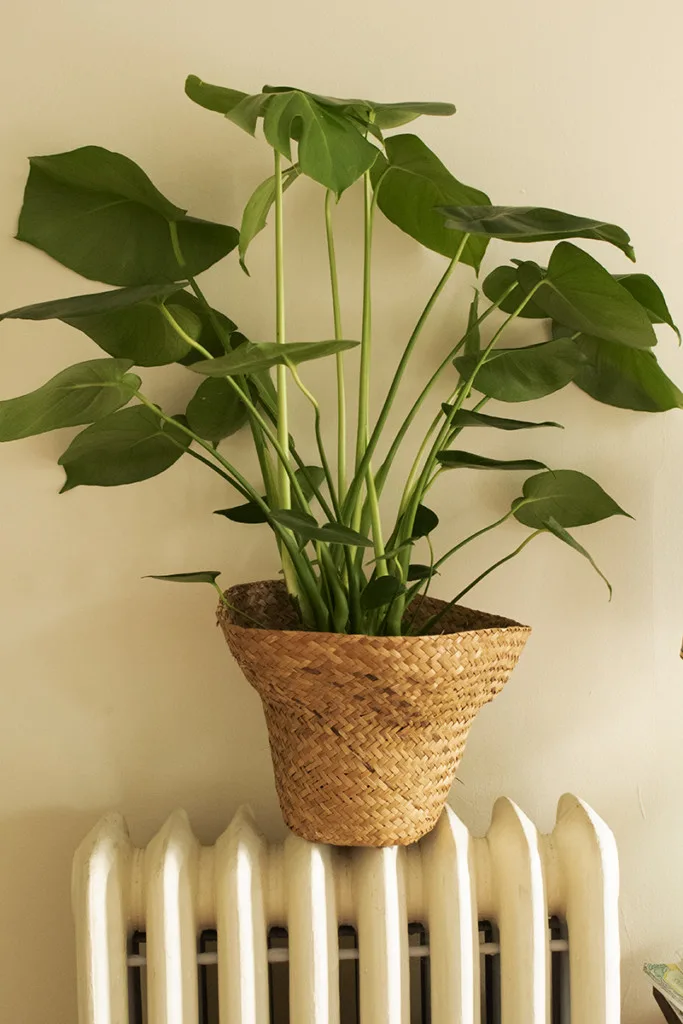
I’m guilty of being a set it and forget it plant owner. I’ll put a plant on a windowsill and forget about it, then wonder why it’s looking bedraggled in January.
As the seasons change, specifically from warm to cool, it’s essential to take into consideration your plant’s location.
Are they near a heating vent or radiator where they will get too hot? Are they next to a drafty windowsill or door where they’ll get too cold?
Move them someplace more comfortable when the weather starts to cool off, and the heating season begins, if it helps, put a reminder on the calendar.
And don’t forget to bring those plants you put outside for the summer inside. Once the nights get below 55 degrees, many plants will be damaged if they spend the night outside. Keep an eye on those nighttime temperatures and bring your plants in from the cold.
10. Buying a Plant Without Considering Its Needs
Look. We all do it. House plant lovers are helpless in the face of beautiful, shiny-leaved plants set out row after row in your local nursery. That monstera, though! I need a monstera to round out my collection. And I feel like a fiddle leaf fig would look amazing in that one corner of my office.
So, we buy the plant.
And then we get home and poke it wherever and get frustrated when our new plant doesn’t thrive. After trying ‘everything,’ we finally take the time to look at the light requirements, the watering requirements, and the type of soil this plant does best in – only to realize we’ve been doing it all wrong. Worse is when you realize the plant you just bought isn’t going to do well anywhere in your home.
When you’re standing among all those gorgeous plants ready to buy, buy, buy – take a moment. Breathe. Look at the plant’s care card or pull out your phone and check out what this plant needs. Now ask yourself if you can provide those needs or not. And in the end, be realistic. You want a healthy plant that you can enjoy, not something that’s slowly going to die, and make you feel awful every time you look at it in its sorry state.
11. Repotting Too Big
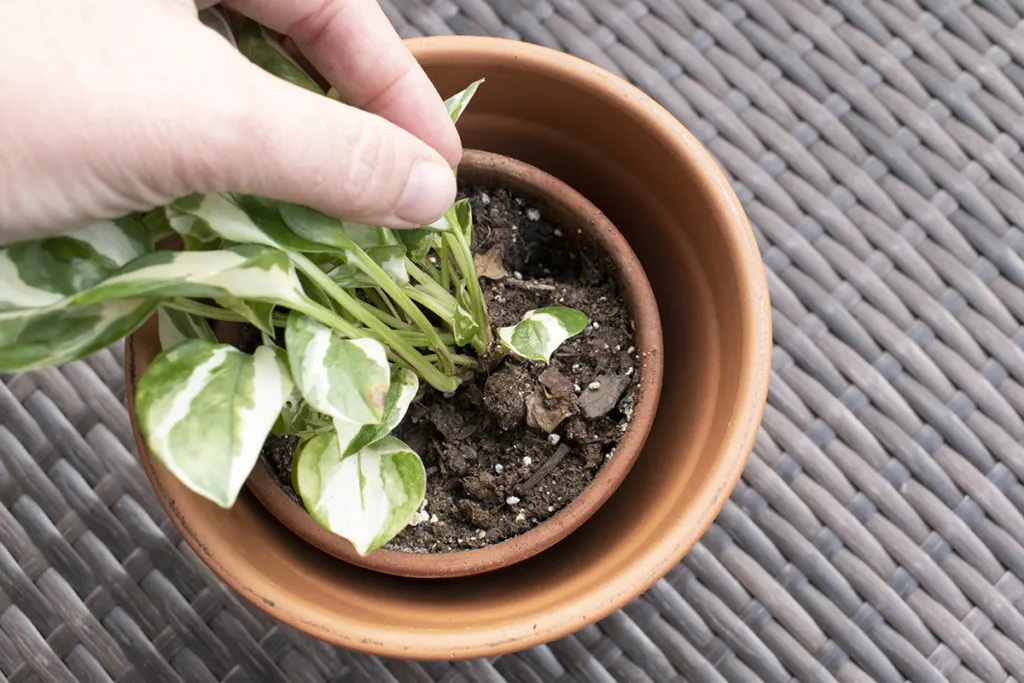
When it’s time to repot, many folks assume bigger is better. Nope. Rarely is that the case. When it’s time to repot, usually once every 12-18 months, you should choose a pot that’s only one to two inches larger in diameter than the previous container.
If you replant in a new container much larger than the previous one, you end up with too much soil. And all that extra soil will hold onto the water. This leads to root rot and other diseases.
12. Too Much Fussing
It happens all the time. One of our plants starts to look a little frumpy. It gets a few brown leaf tips or starts drooping, or we realize we forgot to water it for the longest time. Suddenly we are in plant ICU overdrive. We are trying this, adding that, misting, moving it to a different location. Think about how you would feel if you were trying to recover, and someone did all that to you.
Often one of the best things we can do for our plants is just to leave them alone. I will go through phases where I will fuss and fuss over my plants until something comes along to distract me. Then two weeks later, I’m walking past my picky maranta and low and behold there are three new leaves.
Don’t be a helicopter plant parent. Give them room to breathe. As the old saying goes, if it ain’t broke, don’t fix it.
And of course, don’t sweat it. Owning house plants should be enjoyable. You can’t always save a plant; sometimes, they just go south. Just pitch it without beating yourself up and try again. Or don’t. If you’re getting stressed out from trying to care for too many plants or a plant that’s just too picky, let it go.
Stick with the plants that are happy in your home and enjoy the greenery.

Get the famous Rural Sprout newsletter delivered to your inbox.
Including Sunday musings from our editor, Tracey, as well as “What’s Up Wednesday” our roundup of what’s in season and new article updates and alerts.

